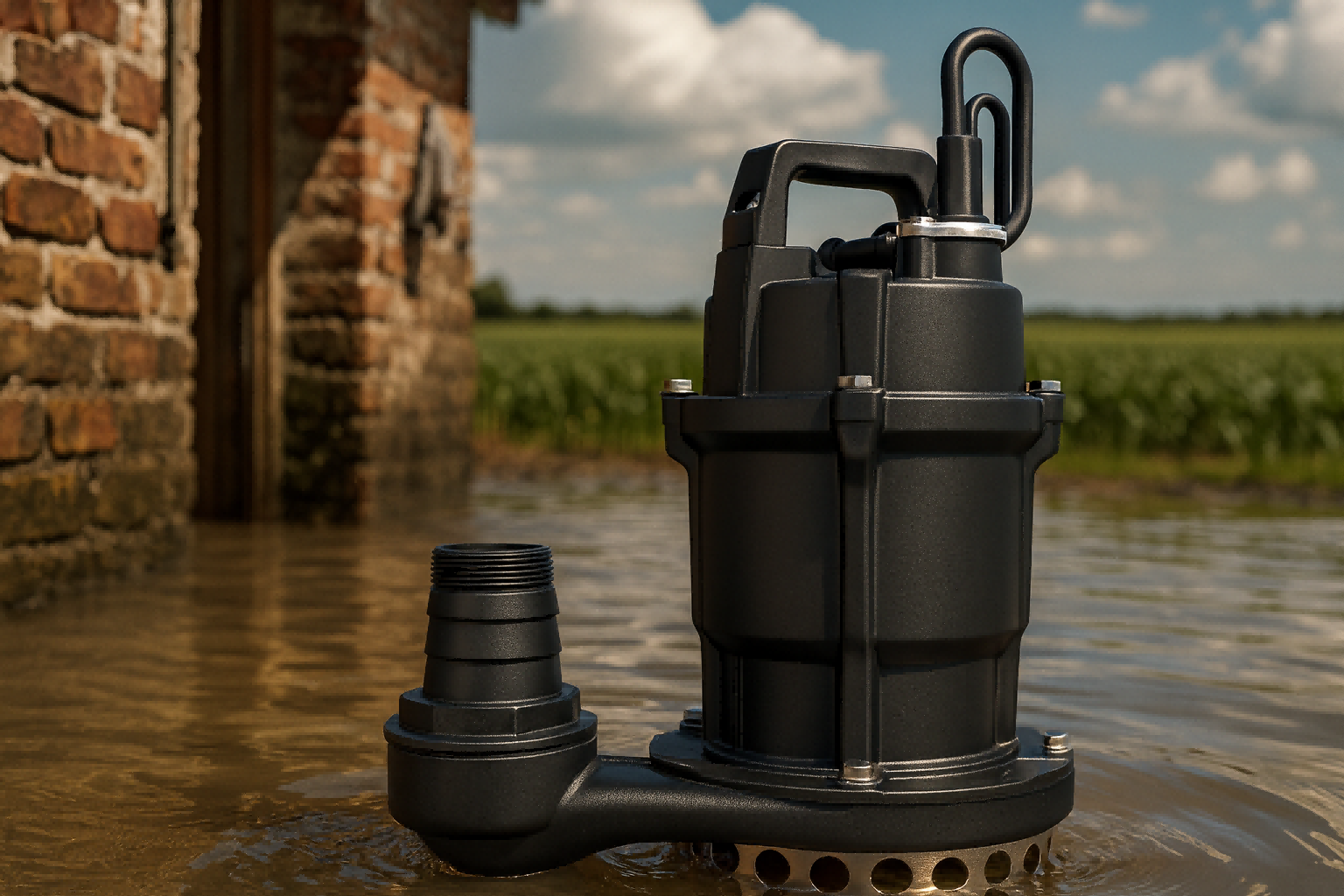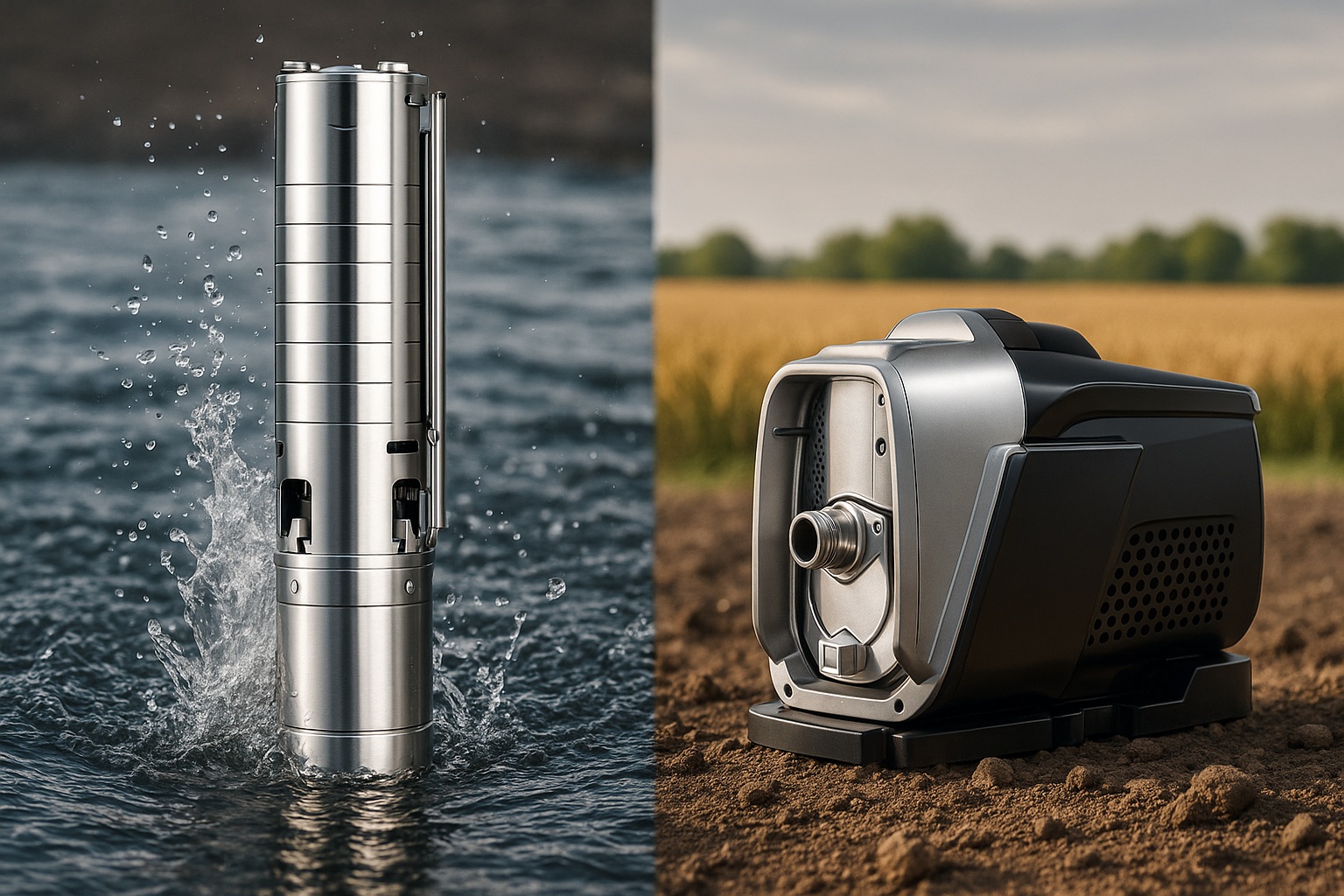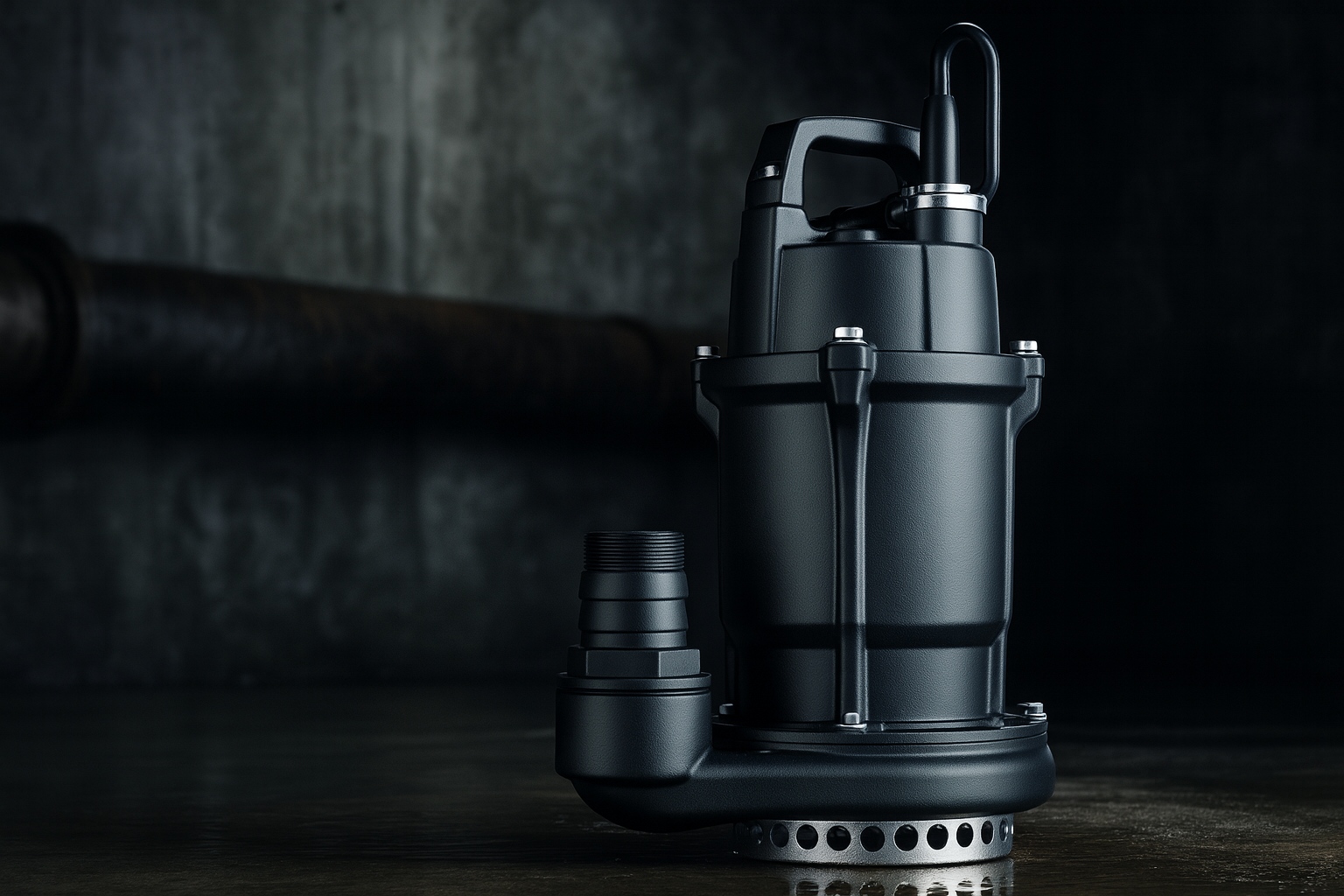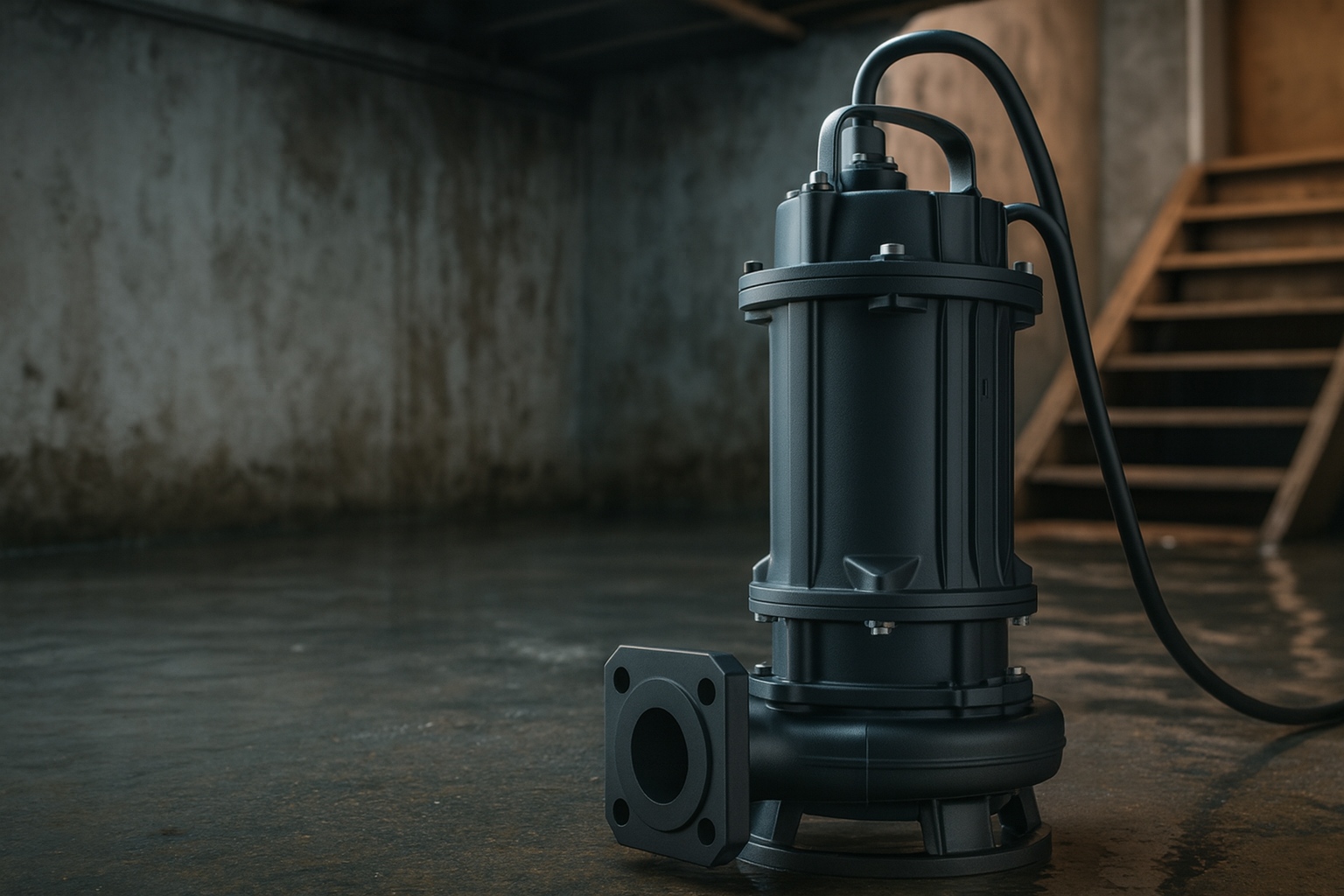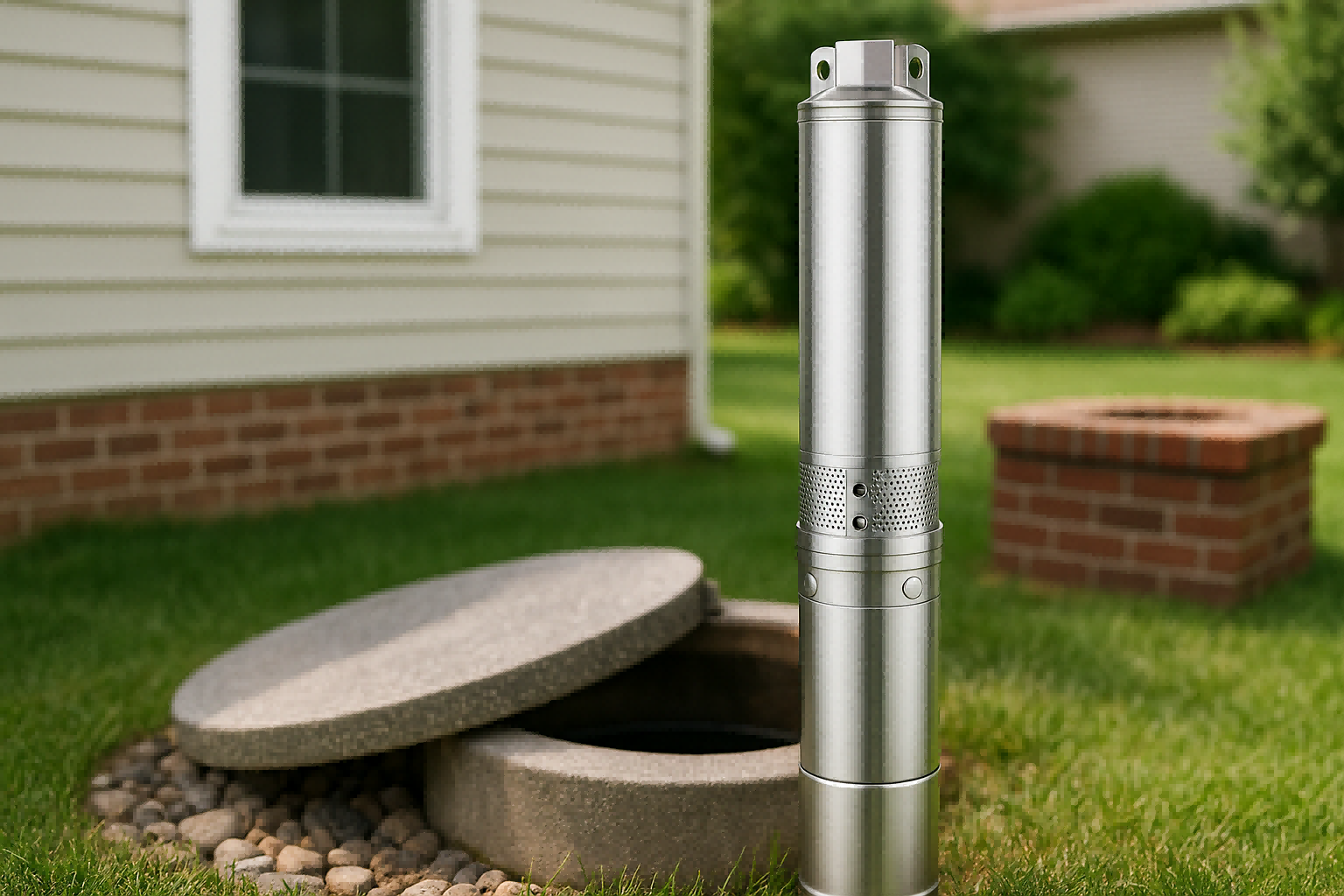Struggling with weak, inconsistent water flow in your building?
Finding the right booster pump manufacturer can be confusing and costly, often leaving you with an underperforming or overpriced system.
The best water pressure booster pump manufacturers balance cutting-edge technology, performance, and long-term value.
Premium European brands like Grundfos and DAB are known for reliability, while value-driven innovators like RAFSUN provide advanced VFD technology and smart features at a more accessible price point for global markets.
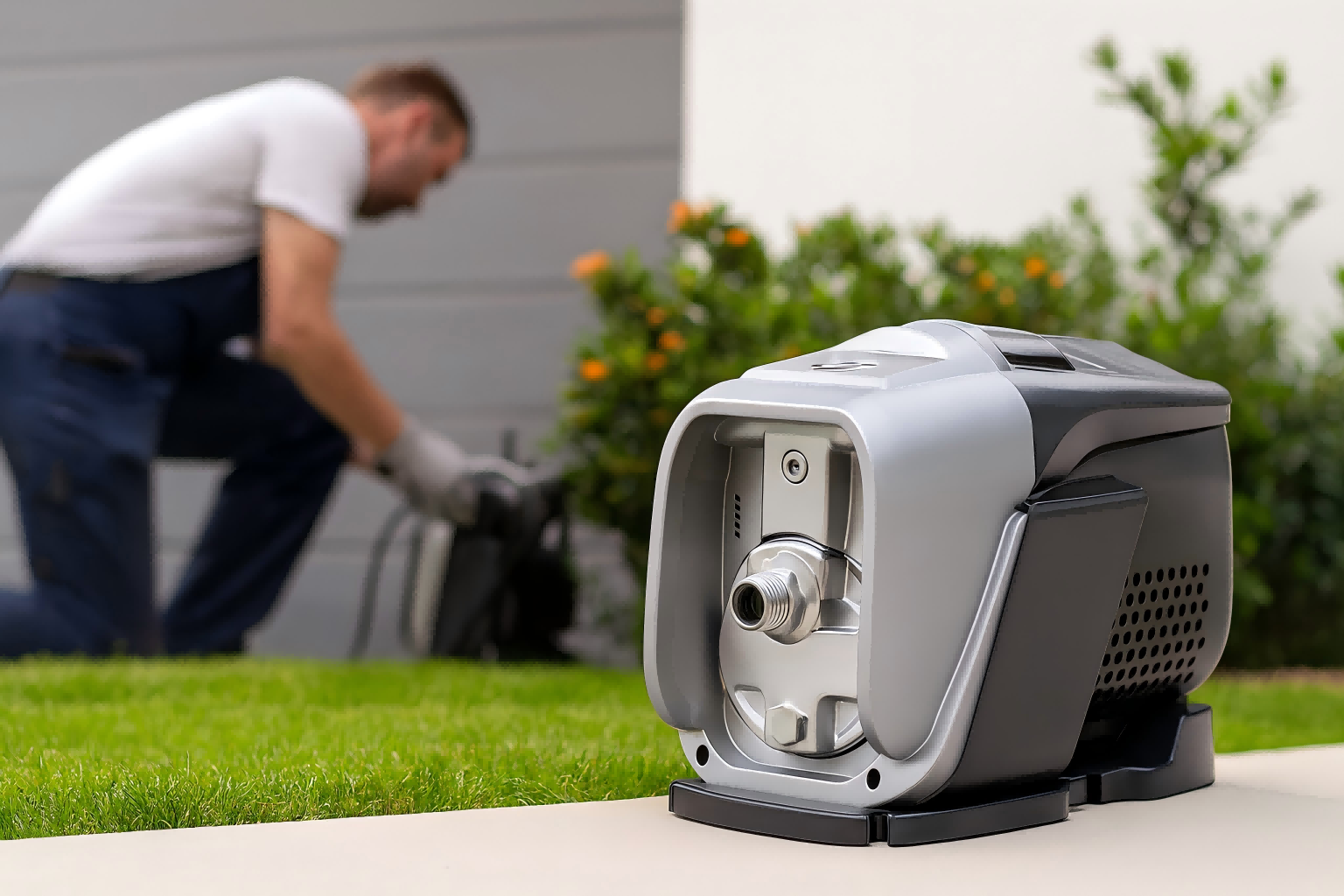
Choosing a booster pump is about more than just a brand name.
It requires a clear understanding of the core technology, performance specifications, and long-term value each manufacturer offers.
This guide provides a detailed comparison of three key players in the global pump industry.
It will help you make an informed decision, whether you are sourcing for residential, commercial, or industrial applications.
Let's dive into what sets each of these manufacturers apart.
RAFSUN: The Intelligent VFD Booster Pump Specialist
Do you need advanced pump technology without the premium price tag?
Many high-tech pumps are either too expensive for broad adoption or lack the robust features required for demanding real-world use.
RAFSUN stands out by delivering a powerful combination of Variable Frequency Drive (VFD) and PMSM motor technology at a highly competitive price.
This makes it a top choice for distributors seeking high-performance, intelligent, and affordable solutions for mid-to-high-end applications.
The engineering philosophy behind this brand is to integrate premium features into a value-focused package, making advanced technology accessible to a wider global market.
This approach directly challenges the traditional market structure where high performance is exclusively tied to high cost.
From a technical standpoint, these pumps are engineered not just for immediate performance but for exceptional durability, operational intelligence, and user safety.
Let's explore the specific technical attributes that define this value-driven approach.
Core Drive Technology and Performance
The foundation of the pump is its high-efficiency Permanent Magnet Synchronous Motor (PMSM).
This motor works in tandem with a Variable Frequency Drive (VFD) controller.
Together, they deliver a perfectly stable, constant water pressure output, eliminating frustrating fluctuations.
This core technology offers several distinct advantages.
One of the most significant benefits is the ultra-quiet operation.
The synergy between the PMSM and VFD results in a noise level below 50 decibels, which is quieter than a library and ideal for residential comfort.
The system is also incredibly powerful.
It achieves motor speeds of up to 5200 revolutions per minute and has a strong suction lift of 8 meters, making it suitable for both demanding residential and light commercial needs.
Furthermore, it demonstrates remarkable adaptability to unstable power grids.
The pump operates flawlessly across a wide voltage range of 165 to 260 volts, ensuring stable performance even in areas with poor electrical infrastructure.
| Feature | Specification | Benefit |
|---|---|---|
| Drive Technology | VFD + PMSM Motor | Constant pressure, high efficiency |
| Noise Level | <50 dB | Ultra-quiet, suitable for indoor installation |
| Motor Speed | Up to 5200 r/min | Powerful water flow and pressure |
| Suction Lift | Up to 8 meters | Reliable priming and performance |
| Voltage Range | 165–260V, 50/60Hz | Stable operation on poor power grids |
Advanced Durability and Reliability
A commitment to longevity is evident in the pump's multi-layered protection systems.
It features a comprehensive suite of 14 safety protections.
These safeguards actively monitor and protect the unit against common faults like dry running, motor overheating, freezing temperatures, and voltage fluctuations.
A standout feature is the IP67-rated waterproof sealing for the core printed circuit board (PCB).
This full potting of the electronics makes the control unit impervious to moisture and dust, a common cause of failure in pumps.
This single feature is projected to extend the controller's lifespan by 3 to 5 years.
Premium materials are used throughout the construction.
Key hydraulic components like impellers are made from durable AISI304 stainless steel or corrosion-resistant brass.
The pump housing is constructed from UV-resistant ABS plastic, which prevents degradation from sun exposure in outdoor installations.
The cooling system has also been significantly enhanced.
An advanced thermal design improves airflow by 15% and increases heat dissipation efficiency by 87%.
This keeps the motor running cooler, directly contributing to a longer and more reliable operational life.
Smart Design and User-Centric Features
Modern user needs are addressed with intelligent and convenient features.
An optional WiFi module allows for complete remote control.
Users can monitor real-time performance, adjust pressure settings, and receive alerts directly on their smartphones via a dedicated app.
For larger applications, a Twin Pump Link Mode is available.
This intelligent system allows two pumps to work in tandem, automatically cascading their operation to meet high demand.
It also provides a crucial backup, as one pump can take over if the other is offline for maintenance.
The pump is also built to handle high-temperature water.
It can safely manage water up to 75°C, making it perfectly compatible with solar water heater systems and hot water circulation applications.
To further extend the system's life, a built-in pressure tank (ranging from 1.5L to 5L) is integrated into the design.
This tank absorbs pressure fluctuations, reducing pump start-stop cycles by up to 70%.
This not only saves energy but also minimizes mechanical wear and prevents water hammer in the pipes.
Grundfos: The Premium European Benchmark
Are you searching for the most established and trusted name in the pump industry?
High-end projects often demand brand prestige, but the associated premium cost can be a significant barrier to entry.
Grundfos is an industry pioneer renowned for its exceptional reliability, strong brand credibility, and advanced engineering.
It is the definitive choice for luxury projects where budget is secondary to long-term prestige and proven performance in mature markets.
For decades, this brand has set the standard for quality and innovation in the water pump industry.
Its reputation is built on a foundation of robust engineering, extensive research and development, and a global presence that instills confidence in buyers.
However, this premium positioning comes with a set of trade-offs that are important for potential buyers and distributors to understand.
The brand's strengths and weaknesses define its specific place in the market.
Strengths of an Industry Pioneer
The primary strength of Grundfos is its unparalleled brand credibility.
The name itself is synonymous with quality and reliability, a reputation earned over many years of consistent performance.
This makes it a safe choice for contractors and specifiers on high-stakes projects.
Their products, such as the well-known SCALA2 and CMBE series, are prime examples of advanced design.
They feature sophisticated constant pressure technology and some of the best noise-reduction engineering in the industry.
Another major advantage is the company's extensive global after-sales support network.
Customers who invest in a Grundfos pump gain access to a reliable system of service, spare parts, and technical expertise.
This is a critical factor for clients who prioritize long-term operational security over initial purchase price.
The High-Price Conundrum
The most significant weakness of the brand is its very high pricing.
This premium cost structure makes it difficult for their products to compete in mass-market segments.
The price-performance ratio is often perceived as low when compared to emerging competitors.
This high cost significantly limits market penetration, particularly in developing and cost-sensitive regions.
Markets in Asia, Africa, the Middle East, and South America often require solutions that offer a better balance of performance and affordability.
As a result, sales volumes in these areas can fall short of targets, creating opportunities for other manufacturers.
A conceptual comparison highlights this difference:
| Brand | Price Position | Perceived Reliability | Target Market |
|---|---|---|---|
| RAFSUN | Mid-to-High | High | Global Value-Seeking |
| Grundfos | Very High | Very High | Premium EU/US |
| DAB | High | High | Premium Aesthetics |
Ideal Market Niche
The brand is ideally suited for a specific type of customer.
This includes luxury residential projects, high-specification commercial buildings, and institutional buyers in developed economies like the European Union and the United States.
For these customers, the brand name itself is a key feature.
It signifies quality assurance and helps reduce the perceived risk for everyone involved in a project, from the architect to the end-user.
In this niche, the decision is less about cost-performance and more about securing peace of mind and upholding the prestige of the overall project.
DAB: The Stylish Italian Innovator
Do you want a pump that combines strong performance with high-end, modern aesthetics?
Standard pumps are often designed purely for function, which can clash with design-conscious home or commercial environments.
DAB carves out a niche in the premium market by focusing on stylish, user-friendly designs that don't compromise on performance.
Products like the Esybox are recognized for their compact form, quiet operation, and intuitive digital interfaces, appealing directly to customers who value both function and aesthetics.
This Italian brand brings a different philosophy to the premium pump market.
Where others focus purely on industrial reliability, DAB integrates a sense of style and user experience into its engineering.
This has allowed them to capture a specific segment of the high-end market that wants technology to look as good as it performs.
Their approach demonstrates that utility and design can coexist seamlessly.
A Focus on Design and User Experience
The most striking feature of DAB pumps is their aesthetic appeal.
The Esybox, for example, looks more like a modern home appliance than a traditional water pump.
Its compact, all-in-one design is not only visually pleasing but also practical, making it easy to install and integrate into finished spaces like utility rooms or garages.
This focus extends to the user interface.
Many of their models feature clear, user-friendly digital displays.
This allows homeowners or installers to easily monitor performance and adjust settings without needing specialized technical knowledge, a key selling point for the premium lifestyle segment.
Performance Meets Style
While design is a major differentiator, the brand does not sacrifice performance.
Their pumps offer efficient and quiet operation, putting them on par with other premium competitors in terms of core functionality.
They deliver the constant pressure and reliability expected from a high-end product.
The brand has also built strong recognition in specific upscale markets.
It is a well-regarded name in the European Union, Australia, and parts of the Middle East, where customers are willing to pay a premium for its unique blend of Italian design and solid engineering.
Niche Positioning and Market Limitations
Like Grundfos, the primary weakness of DAB is its high price point.
This pricing strategy firmly places them in the premium category and limits their ability to penetrate the mass market.
Their products are not intended for large-scale, cost-driven adoption.
Their orientation is more toward specific applications where aesthetics are a deciding factor.
This makes them best suited for:
- High-end, architect-designed homes.
- Luxury residential developments.
- Boutique commercial spaces like hotels and modern offices.
- Customers who prioritize seamless home integration and prestige.
This focus on a niche market means that while they are a strong competitor in the premium lifestyle space, they leave significant room for value-oriented brands to capture the much larger mid-range and commercial markets.
At a Glance: Comparative Positioning of Top Manufacturers
| Brand | Market Position | Strengths | Weaknesses |
|---|---|---|---|
| RAFSUN | Value-driven innovation | Affordable, intelligent VFD, wide range, OEM/ODM flexibility | Still building global brand recognition |
| Grundfos | Premium benchmark | Reliability, strong EU/US trust, advanced features | Very high price, low cost-performance |
| DAB | Stylish premium | Design, user-friendly, quiet | Overpriced, limited market reach |
Conclusion
While premium brands lead in prestige, value-driven innovators are capturing global markets.
They offer affordable, high-tech VFD pumps that provide a powerful balance of performance and price.
Frequently Asked Questions (FAQs)
What is the main function of a booster pump?
A booster pump increases low water pressure and improves flow rate. It provides a consistent and strong water supply for residential and commercial buildings.
How do I choose the right size booster pump?
To choose the right size, you need to know your required flow rate and pressure boost. Consider the number of faucets and appliances you have.
Are booster pumps noisy?
Modern booster pumps, especially those with VFD technology, are very quiet. Many operate below 50 dB, which is quieter than a normal conversation.
What is a VFD booster pump?
A VFD (Variable Frequency Drive) pump adjusts its motor speed to maintain constant pressure. This makes it highly energy-efficient and extends its lifespan.
How much electricity does a booster pump use?
VFD booster pumps are very efficient, using up to 50% less electricity than traditional pumps by only running at the speed needed to meet demand.
Can a booster pump be too powerful?
Yes, an oversized pump can cause pressure spikes and damage your plumbing. It is important to select a pump that matches your system's requirements.
How long do booster pumps last?
A well-maintained, high-quality booster pump can last for 10 to 15 years. Features like soft start and advanced cooling can significantly extend this lifespan.
Can I install a booster pump myself?
While some DIY-friendly models exist, professional installation is recommended. This ensures proper setup, safety, and optimal performance of the pump and plumbing system.


